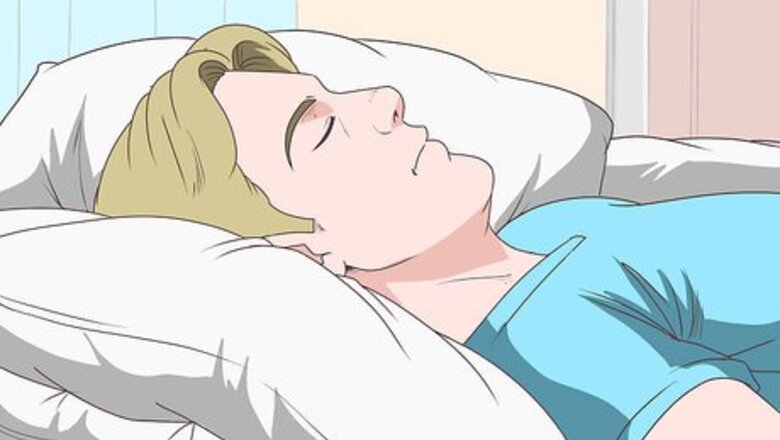
views
Altering Your Sleeping Habits

Sleep on your back. Side-sleepers are more prone to drooling during the night simply because gravity is causing the mouth to open and allowing drool to pool on your pillow. Try sleeping on your back and tucking yourself in so that you do not shift around during the night.
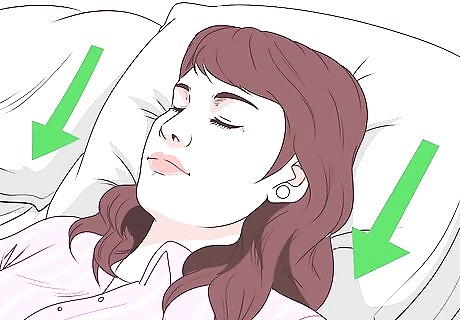
Prop your head up. If you can't sleep without laying on your side, trying propping yourself in a more vertical position to encourage your mouth to close and create a better air flow.
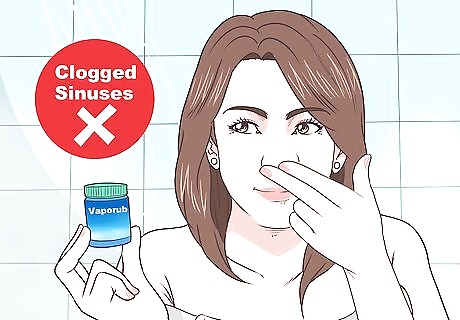
Breathe through your nose, not your mouth. The main reason that people drool is that their nasal sinuses are clogged. As a result, they end up breathing through their mouth and drooling in the process. Try applying sinus-clearing products like Vick's Vaporub and Tiger Balm directly under your nose to loosen clogged nostrils. Smell essential oils such as Eucalyptus before going to bed to clear sinuses and soothe yourself to sleep. Take a hot, steamy shower before bed to allow the pure vapors to cleanse your sinuses.Warning: Avoid using strong decongestants if you have asthma.
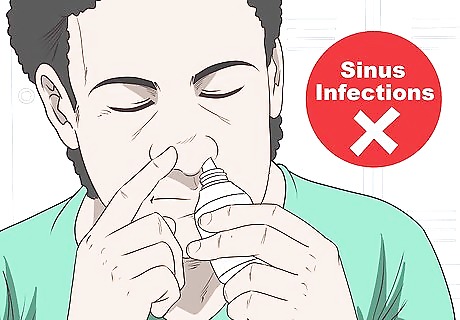
Treat sinus infections and allergies as soon as they surface. Untreated conditions can cause post nasal drip and excess saliva while you sleep.
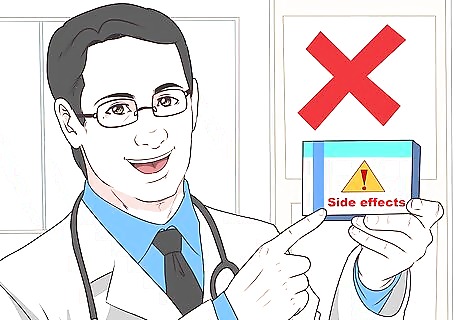
Find out if any of your current medications cause excess saliva production. Excess saliva can be a symptom of many different medications. Read the warning label and ask your doctor about potential side effects of your medications.
Diagnosing and Treating Sleep Apnea

Find out if you are experiencing sleep apnea. If you experience difficulty sleeping, heavy breathing, loud snoring, or heavy drooling, you may have sleep apnea. Sleep apnea causes your breath to become shallow and thin during sleep. Some behaviors and conditions can increase your risk of sleep apnea. These include smoking, high blood pressure, and people at high risk for heart failure or stroke. Your doctor can determine if you have sleep apnea by running various sleep monitoring tests and learning about your sleep history.

Find out if you are at risk for a blocked airway. Drooling is also a symptom of a blocked airway. Visit an ear, nose, and throat doctor to find out if a blocked airway is affecting your ability to breathe through your nose while sleeping.
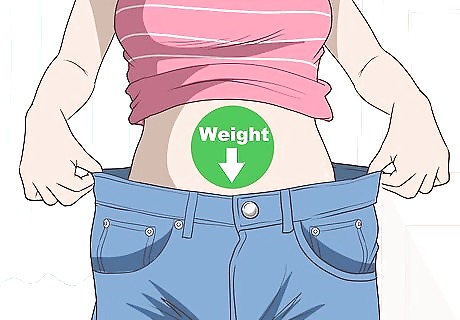
Lose weight. If you are overweight, you have a heightened chance of experiencing sleep apnea. More than half of the 12 million people in the U.S. that experience sleep apnea are overweight. Alter your diet and exercise regularly to reach a healthy weight and decrease your neck girth for easier breathing.
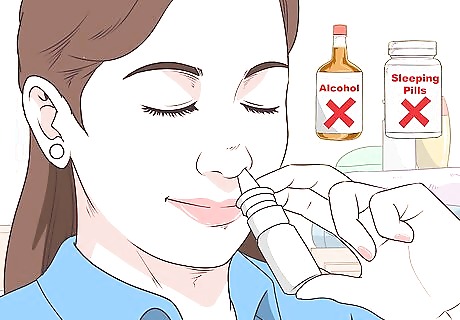
Treat sleep apnea conservatively. Sleep apnea is treated a number of different ways in addition to weight loss recommendations. Those diagnosed with sleep apnea should avoid alcohol, sleeping pills, and sleep deprivation. Simple nasal sprays and saline solution rinses can help clear nasal passages as well.
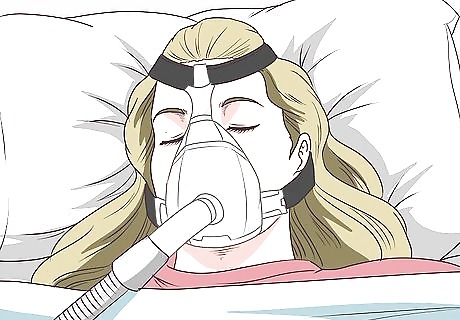
Undergo mechanical therapy for sleep apnea. Continuous positive airway pressure (CPAP) is the first treatment that people who are suffering from sleep apnea undergo. CPAP outlines that patients must wear a mask that forces air through the nose and mouth while sleeping. The idea is to have the right amount of air pressure filtering through the air passages to prevent the upper airway tissues from collapsing as you sleep.
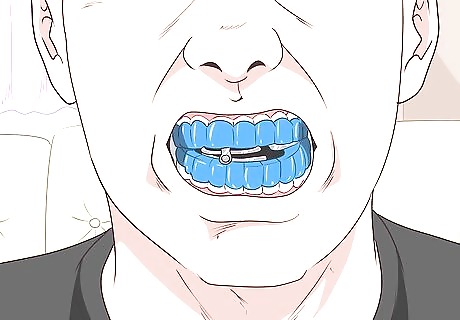
Use a mandibular advancement device. These devices prevent the tongue from collapsing into the throat airway and can advance the lower jaw to open an airway further.
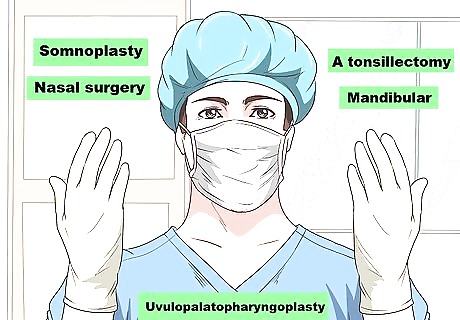
Resort to surgery. People who have obstructive tissue such as a deviated septum, enlarged tonsils, or an over-sized tongue can be good candidates for various surgical procedures. Somnoplasty uses radio frequency to constrict the soft palate at the back of the throat and open the airway. 'Uvulopalatopharyngoplasty' (surgical procedure), or UPPP/UP3, can remove soft tissue in the back of the throat surgically to open the airway. Nasal surgery consists of several procedures that can fix obstructions or deformities like deviated septums. A tonsillectomy can remove oversized tonsils that are obstructing your airway. Mandibular/maxillary advancement surgery consists of moving the jawbone forward to create space in the throat. This is a rather intense procedure that is reserved for only the worst cases of sleep apnea.



















Comments
0 comment